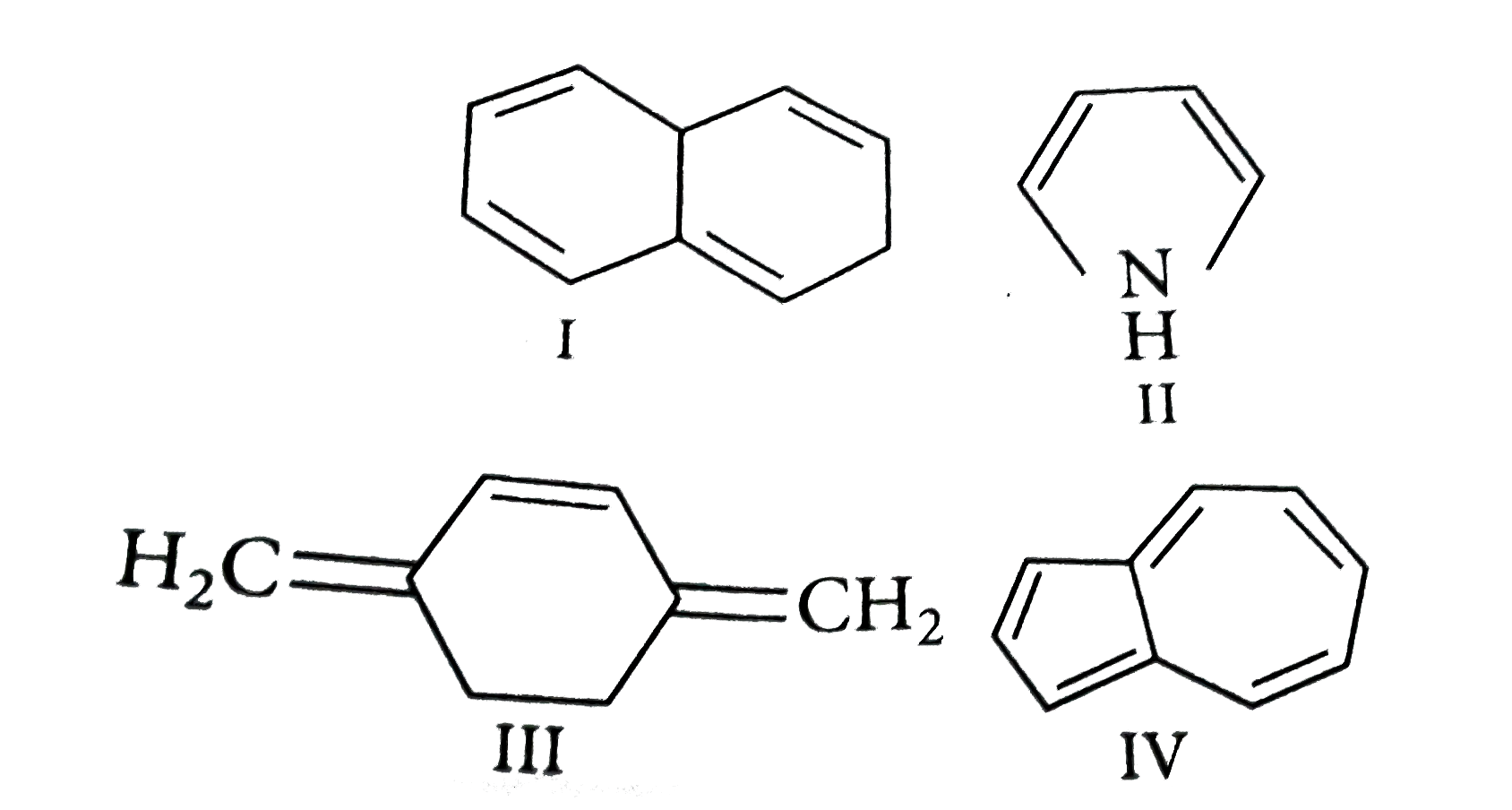Which of the following will exhibit maximum ionic conductivity ?
The correct Answer is:A
To determine which compound exhibits maximum ionic conductivity, we need to analyze the number of ions produced when each compound is ionized. Ionic conductivity is directly related to the number of ions in solution; the more ions present, the higher the conductivity.
1. Identify the Compounds: List the compounds provided in the question. For this example, let's assume the compounds are:
- A: K4(Fe(CN)6)
- B: (Co(NH3)6)Cl2
- C: (Co(NH3)4)Cl2
- D: Ni(Cu)4
2. Ionization of Each Compound:
- Compound A: K4(Fe(CN)6)
- Upon ionization:
- 4 K⁺ ions + (Fe(CN)6)⁴⁻
- Total ions = 4 (K⁺) + 1 ((Fe(CN)6)⁴⁻) = 5 ions
- Compound B: (Co(NH3)6)Cl2
- Upon ionization:
- 2 Cl⁻ ions + (Co(NH3)6)²⁺
- Total ions = 2 (Cl⁻) + 1 ((Co(NH3)6)²⁺) = 3 ions
- Compound C: (Co(NH3)4)Cl2
- Upon ionization:
- 2 Cl⁻ ions + (Co(NH3)4)²⁺
- Total ions = 2 (Cl⁻) + 1 ((Co(NH3)4)²⁺) = 3 ions
- Compound D: Ni(Cu)4
- This compound does not ionize into separate ions.
- Total ions = 0 ions
3. Compare the Total Number of Ions:
- Compound A: 5 ions
- Compound B: 3 ions
- Compound C: 3 ions
- Compound D: 0 ions
4. Conclusion:
- The compound that exhibits maximum ionic conductivity is Compound A: K4(Fe(CN)6) since it produces the highest number of ions (5).
Final Answer:
The compound that will exhibit maximum ionic conductivity is Option A: K4(Fe(CN)6).
- A: K4(Fe(CN)6)
- B: (Co(NH3)6)Cl2
- C: (Co(NH3)4)Cl2
- D: Ni(Cu)4
- Compound A: K4(Fe(CN)6)
- Upon ionization:
- 4 K⁺ ions + (Fe(CN)6)⁴⁻
- Total ions = 4 (K⁺) + 1 ((Fe(CN)6)⁴⁻) = 5 ions
- Compound B: (Co(NH3)6)Cl2
- Upon ionization:
- 2 Cl⁻ ions + (Co(NH3)6)²⁺
- Total ions = 2 (Cl⁻) + 1 ((Co(NH3)6)²⁺) = 3 ions
- Compound C: (Co(NH3)4)Cl2
- Upon ionization:
- 2 Cl⁻ ions + (Co(NH3)4)²⁺
- Total ions = 2 (Cl⁻) + 1 ((Co(NH3)4)²⁺) = 3 ions
- Compound D: Ni(Cu)4
- This compound does not ionize into separate ions.
- Total ions = 0 ions
- Compound A: 5 ions
- Compound B: 3 ions
- Compound C: 3 ions
- Compound D: 0 ions
- The compound that exhibits maximum ionic conductivity is Compound A: K4(Fe(CN)6) since it produces the highest number of ions (5).
The compound that will exhibit maximum ionic conductivity is Option A: K4(Fe(CN)6).
Similar Questions
Knowledge Check
Which of the following exhibits mutualism ?
AMycorrhizae living on the roots of higher plants.BWasps pollinating fig inflorescence.CSea anemone often found on the shell of hermit crabDAll of these
Which of the following exhibits tautomerism ?
View SolutionWhich of the following exhibits tautomerism ?
View SolutionWhich of the following has maximum ionic character ?
View SolutionWhich of the following exhibit mutarotation?
View SolutionWhich of the following can exhibit tautomerism:
View SolutionWhich of the following will exhibit aromatic character?

View SolutionWhich of the following element exhibits maximum oxidation state
View Solution
